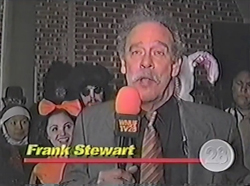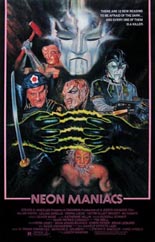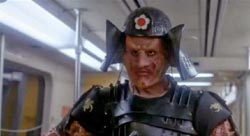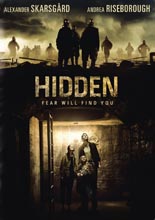
 For 300 days, a family of three has lived incognito and in peace in an underground fallout shelter. Day 301, however, will be different.
For 300 days, a family of three has lived incognito and in peace in an underground fallout shelter. Day 301, however, will be different.
Hidden takes place almost entirely on that fateful day, largely confined to the bunker and near-exclusively between the trio of family members: Ray (Alexander Skarsgård, Battleship); his wife, Claire (Andrea Riseborough, Oblivion); and their 9-year-old daughter, Zoe (Emily Alyn Lind, The Haunting in Connecticut 2: Ghost of Georgia).
Billed as The Duffer Brothers, feature-debuting writers/directors Matt and Ross Duffer dole out answers to viewers’ immediate list of questions — Why are they hiding? How did they find the place? What’s going on? — piecemeal and on their own time frame. They do so in order to build suspense, yes, but also to let their characters develop, which is refreshing. At first, we know only that Zoe fears someone or something she calls “the Breathers,” and that’s enough for a start. The less you know beyond that, the better.
 For its first half, Hidden works reasonably well. The Duffer sibs take a near-procedural approach in their contribution to end-of-the-world cinema, demonstrating how one might go about the duties and dreariness of day-to-day survival, from canned-goods meal planning and pumping well water to passing the punishing hours with homemade board games. They show us everything but the honey bucket!
For its first half, Hidden works reasonably well. The Duffer sibs take a near-procedural approach in their contribution to end-of-the-world cinema, demonstrating how one might go about the duties and dreariness of day-to-day survival, from canned-goods meal planning and pumping well water to passing the punishing hours with homemade board games. They show us everything but the honey bucket!
Ironically, once Hidden reveals all its cards, interest doesn’t just wane — it dries up, making the last 20 minutes somewhat of a slog. Of particular umbrage is its “twist.” I hesitate even to call it that since anyone paying attention will see it coming from an early scene, when Claire tells her daughter, “Sometimes the truth is hidden from us.” A line like that hits you over the head with as much blunt force as is expended by Claire when she takes a wrench to the head of a peaches-thieving rat.
Also stolen: the whole of Hidden, directly from the top-billed Skarsgård and Riseborough, by the tiny Lind. Just barely a teenager, the girl gives a realistic performance that, unlike her fellow child actors, is not at all showy or affected. She’s a natural. —Rod Lott

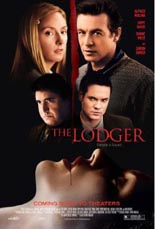
 In West Hollywood, streetwalkers hit the asphalt as victims of a serial killer — one who may be copycatting the crimes of Jack the Ripper, if the theory of L.A. police detective Manning (Alfred Molina,
In West Hollywood, streetwalkers hit the asphalt as victims of a serial killer — one who may be copycatting the crimes of Jack the Ripper, if the theory of L.A. police detective Manning (Alfred Molina, 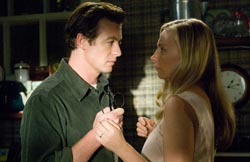
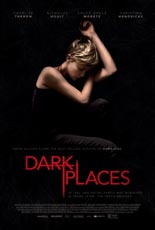

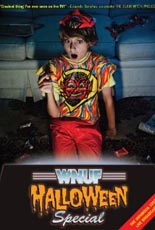
 Originally broadcast on Oct. 31, 1987, the
Originally broadcast on Oct. 31, 1987, the 